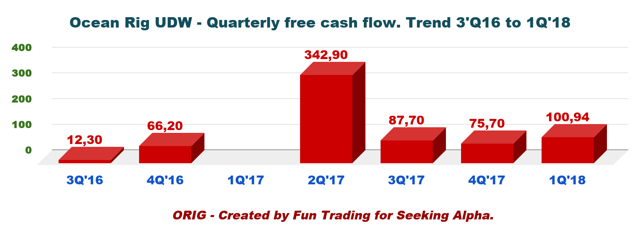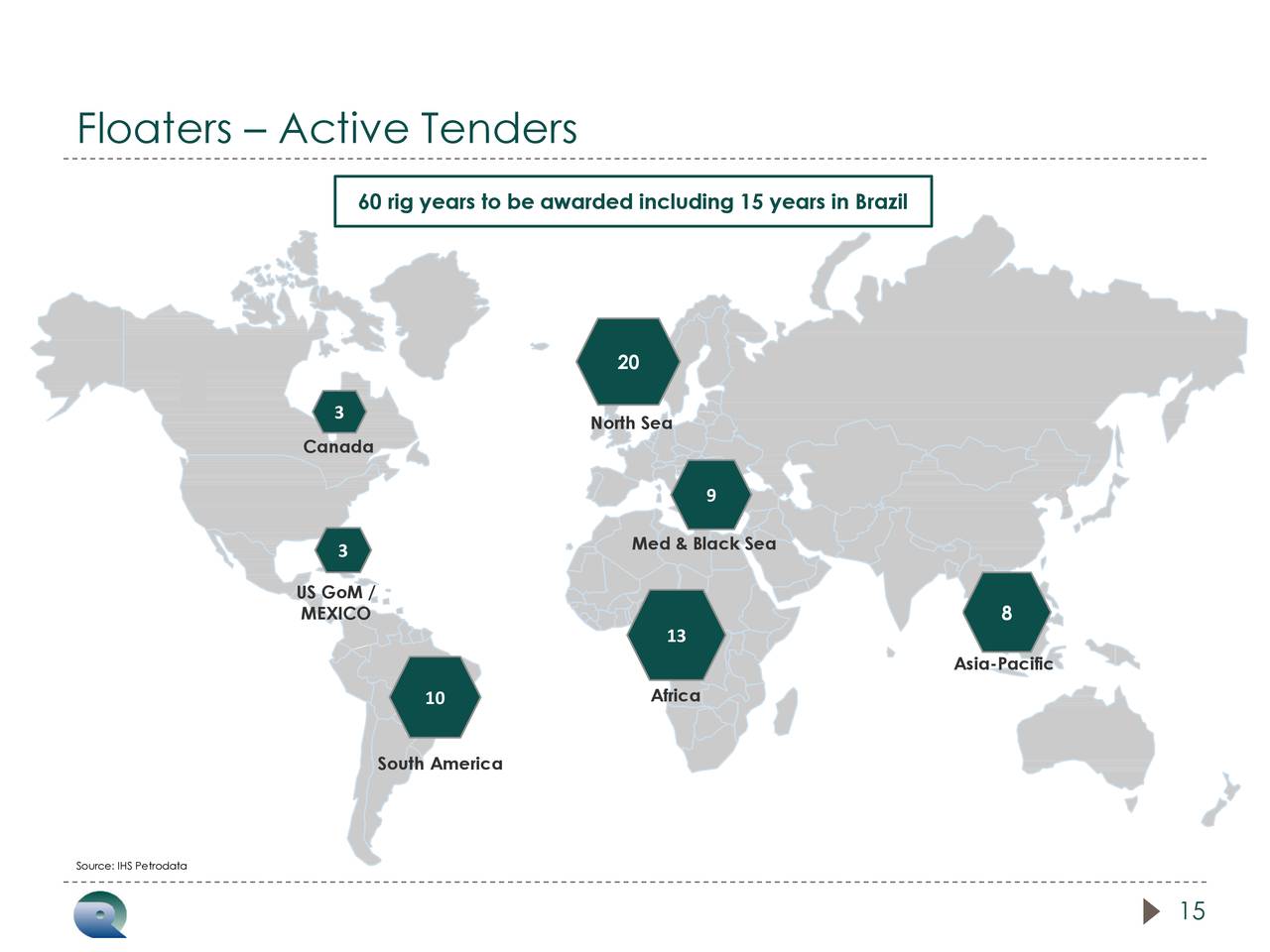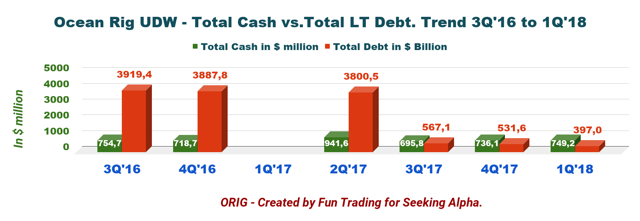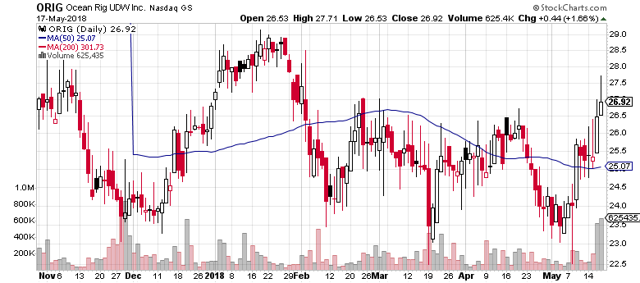 Integrated Device Technology (NASDAQ:IDTI) was the recipient of a significant drop in short interest in the month of May. As of May 15th, there was short interest totalling 6,328,357 shares, a drop of 24.6% from the April 30th total of 8,395,638 shares. Based on an average trading volume of 1,373,188 shares, the short-interest ratio is presently 4.6 days. Currently, 4.8% of the company’s stock are sold short.
Integrated Device Technology (NASDAQ:IDTI) was the recipient of a significant drop in short interest in the month of May. As of May 15th, there was short interest totalling 6,328,357 shares, a drop of 24.6% from the April 30th total of 8,395,638 shares. Based on an average trading volume of 1,373,188 shares, the short-interest ratio is presently 4.6 days. Currently, 4.8% of the company’s stock are sold short.
In related news, SVP Sailesh Chittipeddi sold 25,000 shares of Integrated Device Technology stock in a transaction that occurred on Friday, March 16th. The stock was sold at an average price of $32.37, for a total transaction of $809,250.00. Following the transaction, the senior vice president now owns 178,078 shares of the company’s stock, valued at $5,764,384.86. The sale was disclosed in a legal filing with the SEC, which can be accessed through this link. Also, VP Chris Allexandre sold 2,721 shares of Integrated Device Technology stock in a transaction that occurred on Thursday, March 15th. The shares were sold at an average price of $32.08, for a total value of $87,289.68. Following the transaction, the vice president now directly owns 47,215 shares in the company, valued at approximately $1,514,657.20. The disclosure for this sale can be found here. Insiders sold 184,845 shares of company stock valued at $5,724,912 in the last three months. Insiders own 1.24% of the company’s stock.
Get Integrated Device Technology alerts:A number of institutional investors have recently modified their holdings of IDTI. Schwab Charles Investment Management Inc. raised its stake in shares of Integrated Device Technology by 2.7% in the fourth quarter. Schwab Charles Investment Management Inc. now owns 833,551 shares of the semiconductor company’s stock valued at $24,782,000 after buying an additional 21,932 shares during the period. Congress Asset Management Co. MA raised its stake in shares of Integrated Device Technology by 1.3% in the fourth quarter. Congress Asset Management Co. MA now owns 257,142 shares of the semiconductor company’s stock valued at $7,645,000 after buying an additional 3,309 shares during the period. Mutual of America Capital Management LLC raised its stake in shares of Integrated Device Technology by 2.0% in the fourth quarter. Mutual of America Capital Management LLC now owns 219,610 shares of the semiconductor company’s stock valued at $6,529,000 after buying an additional 4,269 shares during the period. Zurcher Kantonalbank Zurich Cantonalbank raised its stake in shares of Integrated Device Technology by 47.1% in the fourth quarter. Zurcher Kantonalbank Zurich Cantonalbank now owns 7,623 shares of the semiconductor company’s stock valued at $227,000 after buying an additional 2,441 shares during the period. Finally, Wedge Capital Management L L P NC raised its stake in shares of Integrated Device Technology by 2.7% in the fourth quarter. Wedge Capital Management L L P NC now owns 1,353,283 shares of the semiconductor company’s stock valued at $40,233,000 after buying an additional 35,424 shares during the period. Institutional investors and hedge funds own 96.85% of the company’s stock.
Shares of Integrated Device Technology opened at $33.52 on Tuesday, MarketBeat.com reports. The firm has a market cap of $4.33 billion, a P/E ratio of 26.39, a price-to-earnings-growth ratio of 2.16 and a beta of 1.86. Integrated Device Technology has a 12 month low of $23.07 and a 12 month high of $34.13. The company has a debt-to-equity ratio of 0.76, a quick ratio of 4.23 and a current ratio of 4.83.
Integrated Device Technology (NASDAQ:IDTI) last issued its quarterly earnings results on Monday, April 30th. The semiconductor company reported $0.46 EPS for the quarter, topping the Zacks’ consensus estimate of $0.44 by $0.02. The business had revenue of $224.60 million for the quarter, compared to analyst estimates of $222.20 million. Integrated Device Technology had a positive return on equity of 23.10% and a negative net margin of 1.44%. Integrated Device Technology’s quarterly revenue was up 27.8% compared to the same quarter last year. During the same period last year, the company posted $0.35 earnings per share. research analysts anticipate that Integrated Device Technology will post 1.43 EPS for the current year.
Several research analysts recently issued reports on the company. BidaskClub raised Integrated Device Technology from a “buy” rating to a “strong-buy” rating in a research report on Wednesday, March 21st. KeyCorp lifted their target price on Integrated Device Technology from $33.00 to $37.00 and gave the company an “overweight” rating in a research report on Tuesday, January 30th. Craig Hallum reaffirmed a “buy” rating and set a $40.00 target price (up previously from $36.00) on shares of Integrated Device Technology in a research report on Tuesday, January 30th. TheStreet raised Integrated Device Technology from a “c+” rating to a “b” rating in a research report on Wednesday, May 23rd. Finally, Bank of America raised Integrated Device Technology from an “underperform” rating to a “neutral” rating and set a $30.00 target price on the stock in a research report on Tuesday, May 1st. Four investment analysts have rated the stock with a hold rating, thirteen have assigned a buy rating and one has assigned a strong buy rating to the company. The stock presently has an average rating of “Buy” and an average target price of $34.67.
Integrated Device Technology Company Profile
Integrated Device Technology, Inc designs, develops, manufactures, and markets a range of semiconductor solutions for the communications, computing, consumer, automotive, industrial, and Internet-of-things end-markets. It operates in two segments, Communications; and Computing, Consumer, and Industrial.
 Equities analysts expect that Amber Road Inc (NYSE:AMBR) will report ($0.06) earnings per share for the current quarter, according to Zacks. Two analysts have made estimates for Amber Road’s earnings. Amber Road posted earnings of ($0.12) per share during the same quarter last year, which indicates a positive year-over-year growth rate of 50%. The firm is expected to announce its next quarterly earnings report on Thursday, August 2nd.
Equities analysts expect that Amber Road Inc (NYSE:AMBR) will report ($0.06) earnings per share for the current quarter, according to Zacks. Two analysts have made estimates for Amber Road’s earnings. Amber Road posted earnings of ($0.12) per share during the same quarter last year, which indicates a positive year-over-year growth rate of 50%. The firm is expected to announce its next quarterly earnings report on Thursday, August 2nd. H. Armstrong Roberts/ClassicStock | Getty Images
H. Armstrong Roberts/ClassicStock | Getty Images 
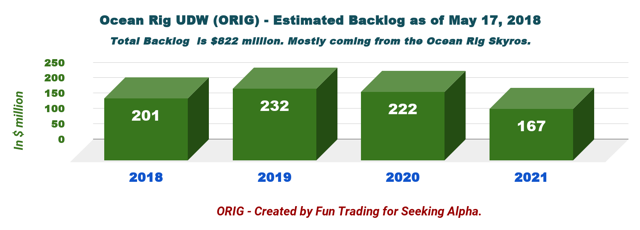
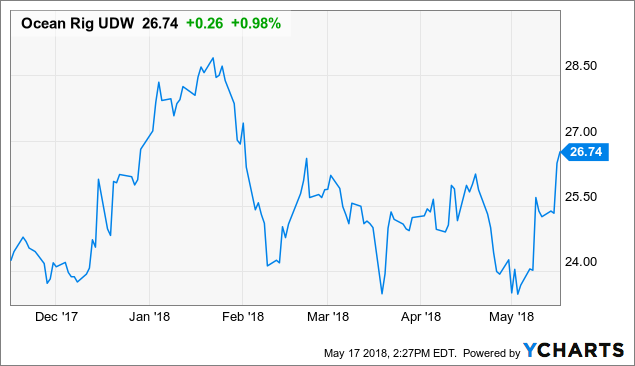 ORIG data by YCharts
ORIG data by YCharts
